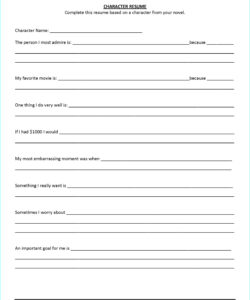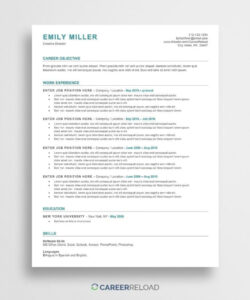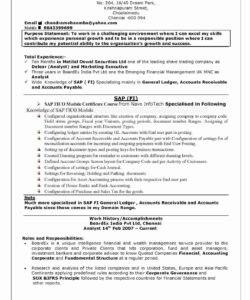When it comes to writing a resume, it’s important to highlight your skills and experiences in a way that makes you stand out from other candidates. One way to do this is by including a section on your resume that highlights your experience with mentors. In this article, we’ll discuss how to put mentor on resume and why it’s important to do so.
Before we dive into the details, let’s first define what a mentor is. A mentor is someone who provides guidance, advice, and support to another person who is less experienced. Mentors can be found in a variety of settings, including the workplace, academia, and personal life. Having a mentor can be a valuable asset, as they can help you navigate challenges and provide you with insights that you might not have otherwise considered.
How to Put Mentor on Resume
When it comes to putting mentorship experience on your resume, there are a few things to keep in mind. First, you’ll want to make sure that you’re highlighting the most relevant experiences. This might include formal mentorship programs that you’ve participated in, or it might include informal mentorship relationships that you’ve developed over time.
Next, you’ll want to make sure that you’re using the right language to describe your mentorship experience. Instead of simply listing your mentorship experience under a “Skills” section, consider creating a separate section on your resume that’s dedicated to mentorship. This will help to draw attention to your experience and make it clear to potential employers that you value mentorship.
Finally, you’ll want to make sure that you’re providing specific examples of your mentorship experience. This might include describing the types of advice or guidance that you provided to your mentee, or it might include discussing the outcomes of your mentorship relationship.
Why It’s Important to Put Mentor on Resume
There are a few reasons why it’s important to put mentorship experience on your resume. First, it can help to demonstrate your leadership skills. Mentoring requires a certain level of leadership and communication skills, and highlighting your mentorship experience can help to show potential employers that you possess these skills.
Second, it can help to demonstrate your commitment to personal and professional development. By highlighting your mentorship experience, you’re showing potential employers that you’re committed to learning and growing, both personally and professionally.
Finally, it can help to set you apart from other candidates. Not everyone has experience with mentorship, so highlighting this experience can help you to stand out from other candidates who might have similar qualifications.
FAQ
Q: What is a mentor?
A: A mentor is someone who provides guidance, advice, and support to another person who is less experienced.
Q: How do I put mentorship experience on my resume?
A: You can put mentorship experience on your resume by creating a separate section that’s dedicated to mentorship. Make sure to highlight the most relevant experiences and provide specific examples of your mentorship experience.
Q: Why is it important to put mentorship experience on my resume?
A: It’s important to put mentorship experience on your resume because it can help to demonstrate your leadership skills, your commitment to personal and professional development, and it can help to set you apart from other candidates.
Q: How many times should I include the main keyword “how to put mentor on resume” in the article?
A: You should include the main keyword “how to put mentor on resume” at least 2 times in the article.
Thank you for using Bing!


